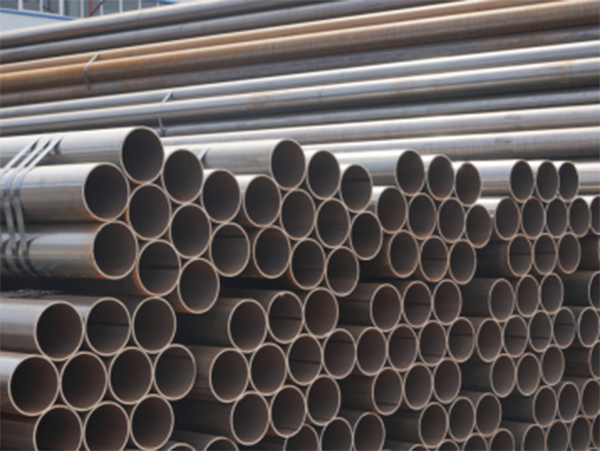Sharing China-Made with Global Customers

Sharing China-Made with Global Customers

The relationship between welding speed and weld quality should be understood dialectically and cannot be ignored. It is mainly reflected in the heating stage and crystallization stage.
Heating stage
Under the working condition of high-frequency Longitudinal Welded Pipe, the edge of the pipe blank is heated from room temperature to welding temperature. In this process, the edge of the pipe blank is completely exposed to the air without any protection. It is bound to react violently with oxygen and nitrogen in the air, resulting in a significant increase in nitrogen and oxides in the weld. According to the measurement, the nitrogen content in the weld increases by 20-45 times, and the oxygen content increases by 7-35 times. At the same time, a large number of manganese, carbon and other alloy elements beneficial to the weld are burned and evaporated, resulting in the reduction of the mechanical properties of the weld. Therefore, in this sense, the slower the welding speed, the worse the weld quality.
Moreover, the longer the edge of the heated tube blank is exposed to the air, that is, the slower the welding speed, the deeper the non-metallic oxide will be produced. These deep non-metallic oxides are difficult to be completely extruded out of the weld in the subsequent extrusion crystallization process. After crystallization, they will remain in the weld in the form of non-metallic inclusions, forming an obvious brittle interface, thereby destroying the continuity of the weld microstructure and reducing the weld strength. However, the welding speed is fast, the oxidation time is short, and the generated non-metallic oxides are few and limited to the surface layer, so it is easy to be extruded out of the weld in the subsequent extrusion process, and there will not be too many non-metallic oxides left in the weld, so the weld strength is high.

Crystallization stage
According to the principle of metallography, in order to obtain high-strength weld, the grain of weld microstructure must be as small as possible. The basic way of refining is to form enough crystal nuclei in a short time, so that they contact each other before significant growth, and then the crystallization process ends. This requires that by increasing the welding speed, the weld can leave the heating zone quickly, and the weld can crystallize rapidly under a large undercooling; When the undercooling degree increases, the nucleation rate can be greatly improved, and the growth rate increases slightly, so as to achieve the purpose of refining the weld grain.
Therefore, on the premise of meeting the basic welding conditions, the faster the welding speed is, the better the weld quality is, whether it is the heating stage or the cooling stage after welding.